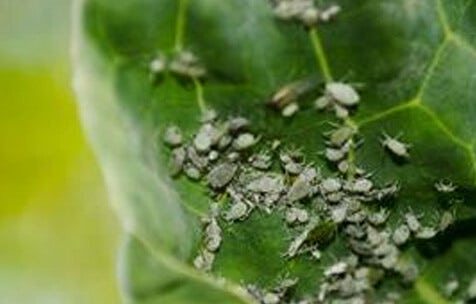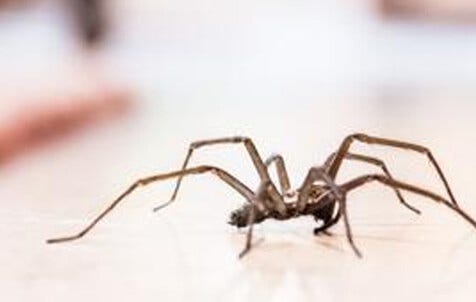Pesticides 101


Knowing the facts about pests and pesticides can help you become a better steward.
Responsible stewards understand that pesticides serve a purpose – controlling or killing a pest in order to prevent or reduce damage and protect the environment. Learn about the different pesticide types and formulations, along with how to choose and apply them correctly.
Cultural vs. chemical
When it comes to controlling unwanted pests, you have two choices, cultural or chemical. Cultural solutions include putting down mulch, pulling weeds by hand or drowning Japanese Beetles in soapy water. In terms of chemical solutions, there are three main types of pesticides:
- Insecticides – kill and prevent infestations of damaging insects such as Emerald Ash Borers, Whiteflies and Grub larvae
- Herbicides – kill and prevent a wide variety of weeds and brush, from Dandelion to Poison Ivy
- Fungicides – cure and prevent plant diseases like Black Spot, Rust and Powdery Mildew
When used appropriately, chemical solutions often require less work and offer longer-lasting results compared to cultural solutions.
DID YOU KNOW?


Fertilizers feed your lawn and plants.
But many fertilizers are combined with pesticides to also control weeds or insects. Make sure you understand the type of product you're purchasing before you apply.
Formulation types
Pesticides come in sprays, concentrates, powders, gels, foams or granules. Each has a unique purpose and benefits.
- Sprays – often ready to use right out of the bottle, sprays make it easy to pinpoint and make quick, direct contact with a weed, insect or plant disease
- Concentrates – these must be diluted before application, usually by mixing with water, and then can be sprayed or used as a drench solution that’s poured over plant roots
- Granules – are used for dispersal of the pesticide over a wide area, such as a lawn, and can be coated so they dissolve slowly and release chemicals over time
- Powders – some can be mixed into a spray, others are dusted on target locations
- Gels – allow flexibility in where they can be applied, such as vertical locations
- Foams – target and fill hard to reach places, such as tunnels, cracks and wall voids


Systemic vs. foliar-applied formulations
Systemic pesticides are absorbed into the plant tissues through the roots or leaves and works internally to protect or cure the plant. For example, a systemic tree & shrub product is applied around the base of your tree, then absorbed by the roots, and works its way upward to protect to the tip of every leaf. But systemic protection doesn’t always start with the roots. Foliar-applied pesticides can be sprayed on and then absorbed through the leaves and stems of a plant as well.
Systemic products:
- Are waterproof – since they’re inside the plant, they can’t be washed away by rain or irrigation, reducing the risk of pesticides making their way into the environment
- Are universal – they travel throughout the entire plant, protecting anywhere that receives water or sap, including leaves, stems, flowers, roots, even under bark
Foliar-applied products:
- Remain on the outside of the plant – they are not absorbed into plant tissues
- Can be washed away – increasing possibility of run-off into the environment
- May miss places insects like to hide – like underneath leaves or beneath bark
How to choose the right solution


Now that you know the difference between insecticides, herbicides and fungicides, along with the benefits of systemic products, you can make a more educated and responsible pesticide choice. Start with your target pest. Product labels list the insects, weeds or plant diseases that product controls.
But what if you don’t know what’s causing your issue? Or you identify the cause, but still don’t know the name of the pest?
Don’t worry. Click here for help identifying your insect, weed or disease, plus find multiple product recommendations to solve your issue. Or contact your local or state Cooperative Extension Agency for additional information and expert recommendations.
Apply Responsibly
Always read and follow label instructions before applying any pesticides. Here are some tips you should know about Responsible Application.








